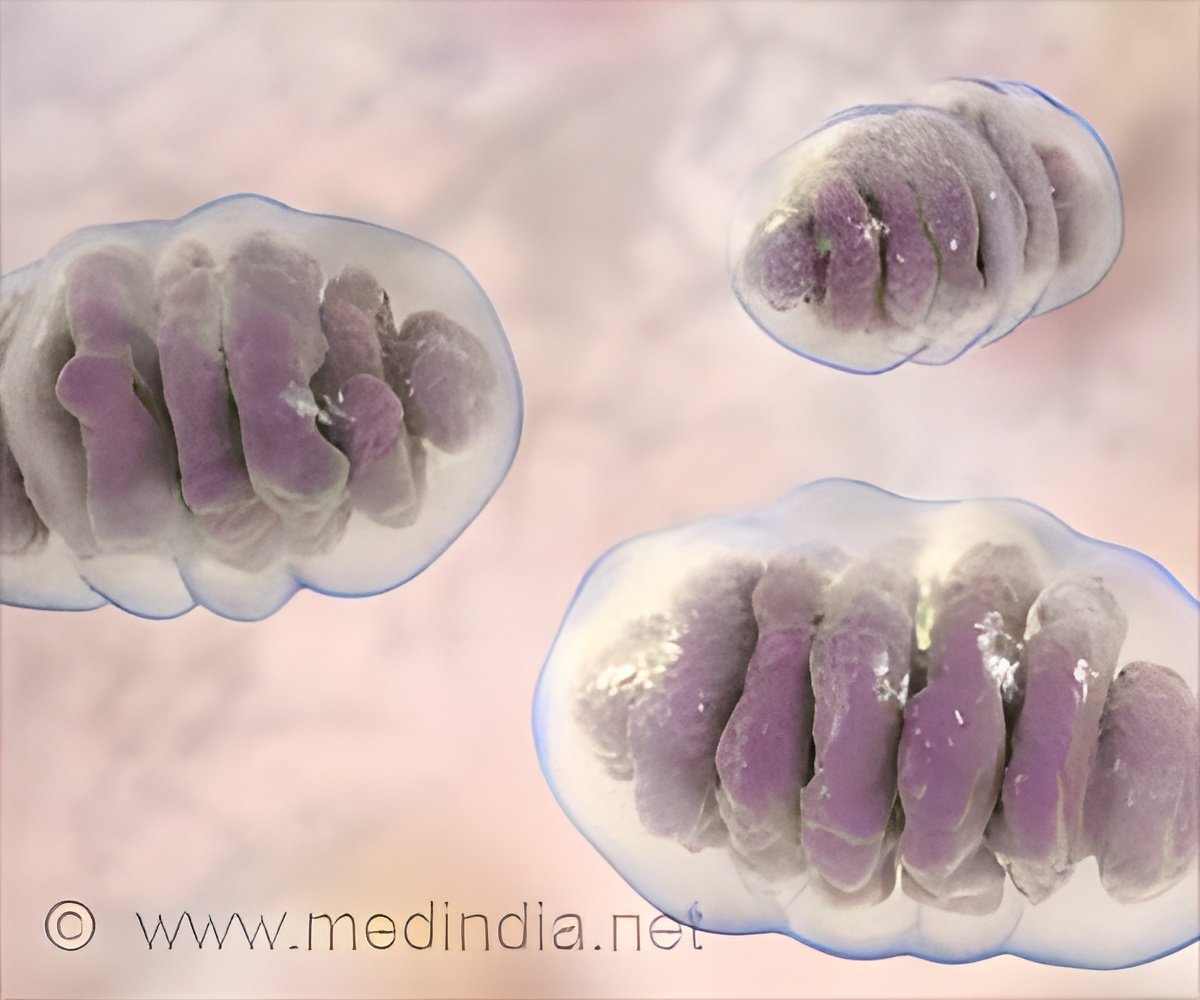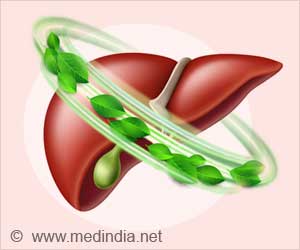Mitochondria, the cellular powerhouse, plays a role in preventing the muscle-wasting symptoms linked to muscular dystrophy (MD).

ANT-dependent MPTP underlies necrotic myofiber death in muscular dystrophy
Go to source). “We have isolated the primary disease-causing component of muscular dystrophy to the mitochondrial permeability pore,” says the study’s corresponding author Jeffery Molkentin, PhD. “If we prevent this pore from functioning, dystrophic disease in the mouse models we studied almost completely vanishes. We see the protection lasting past one year of life in the mouse, which translates to about 40 years of life for a human.”
‘Study reveals how mitochondrial damage triggers muscle wasting in muscular dystrophy. Sealing a pore in the mitochondrial membrane in gene-edited mice stops disease progression. #musculardystrophy #mitochondria #musclewasting’





Molkentin is a widely respected expert in the basic science of muscle cell function and formation. He is co-executive director of the Heart Institute at Cincinnati Children’s and director of its Division of Cardiovascular Biology. He has studied muscular dystrophies for over 20 years.
Mice Genetics Sheds Light on Mitochondrial Pore's Role in Muscular Dystrophy
Molkentin cautions that this discovery was achieved by observing outcomes in mice that were genetically modified to lack two genes that control mitochondrial permeability transition pore (MPTP) formation. Much more research beyond this early success will be needed to develop a safe and effective treatment for people with MDs.Mitochondria organelles are surrounded by their own membrane. However, when exposed to oxidative stress or a pathologic overload of calcium ions (Ca2+) mitochondria open a pore in their protective membrane. The influx of excess calcium causes the organelle to burst, which in turn causes muscle fibers to die, eventually leading to wasting of entire muscle groups.
This process of mitochondrial pore-regulated cell death has been observed in other conditions including heart muscle damage after heart attacks and neurodegenerative diseases including Huntington's disease, Alzheimer's disease, and amyotrophic lateral sclerosis (ALS).
In this study, Molkentin and colleagues reveal the mechanisms at work when this mitochondria-destroying process occurs in MDs. The team determined that two genes in mice—Slc25a4 and Ppif—work in concert to mediate unwanted pore formation. Controlling either one by themselves only slowed MD progression, but the absence of both together stopped it.
“We found direct evidence that these genes produce required components that govern cell death, which opens a previously unrecognized pathway for potentially treating MDs and other necrotic diseases,” Molkentin says.
Advertisement
Exploring the Potential of the Mouse Gene Ppif and CypD Protein in Muscular Dystrophy
The mouse gene Ppif produces a protein called CypD. Researchers established years ago that the immune-suppressing drug cyclosporin A can block this protein, but long-term use of the drug at high doses poses significant risk of side effects. In MD, the drug only mildly slows the disease in animal models.Meanwhile, the mouse gene Slc25a4 encodes a protein called ANT1. There are no medications that target this protein. The existing compounds known to bind with this protein are fatally toxic, so new compounds would be needed.
Advertisement
Would such a treatment “cure” muscular dystrophy? It’s too soon to say. This study focused exclusively on skeletal muscle. More research would be needed to determine if the mitochondria-protecting approach also would protect against MD-related heart damage or other organ dysfunctions.
Reference:
- ANT-dependent MPTP underlies necrotic myofiber death in muscular dystrophy - (https://www.science.org/doi/10.1126/sciadv.adi2767)













